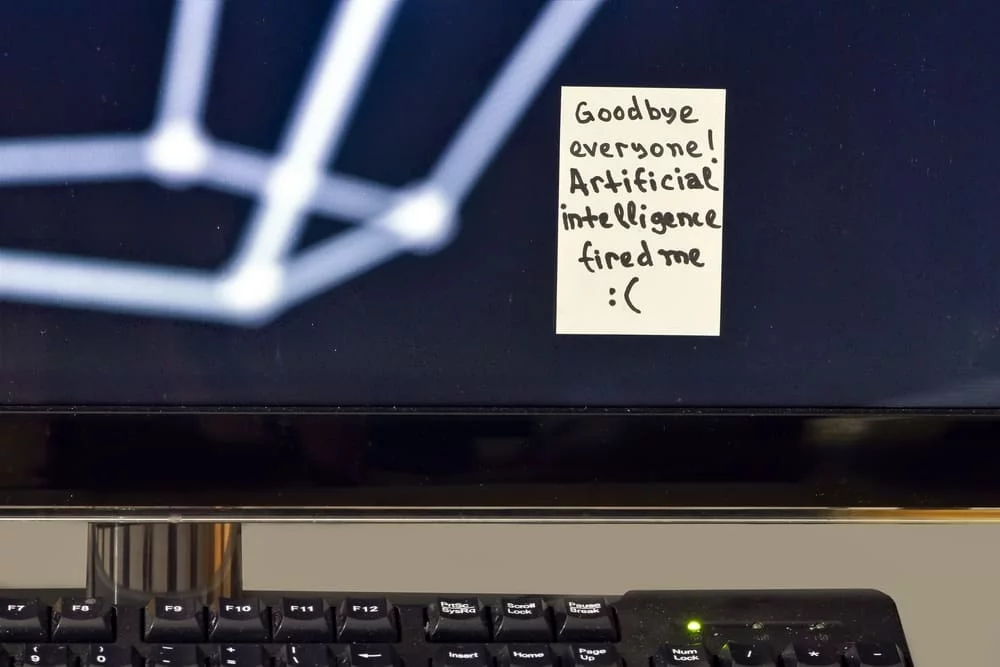I’ve been living in the world of AI-assisted coding since the first tools emerged. I’ve used Cursor extensively, experimented with Windsurf, and integrated Copilot into my daily workflow. So, when I got my hands on Warp Code, my first question was: “Do we really need another AI-powered IDE?”
After using it, I realized I was asking the wrong question. Warp Code isn’t an IDE. It’s the first truly cohesive Agent Development Environment (ADE), and it fundamentally changes the relationship between a developer and an AI agent.
The Old Guard: Cursor and Windsurf (The AI-Enhanced IDEs)
Let’s be clear: Tools like Cursor and Windsurf are fantastic. I was a huge fan of Cursor. They are essentially modern, sleek code editors (based on VS Code) that have deeply integrated AI capabilities. They supercharge the traditional developer workflow.
- Their Philosophy: “Here is a powerful editor. We’ve added an AI agent that you can chat with and that can auto-edit files for you. You are still the primary coder; the AI is your powerful assistant.”
- The Workflow: You open a file. You write some code. You get stuck. You open the AI chat pane, ask a question, and the agent suggests a change or writes a function. You’re still context-switching between “writing mode” and “prompting mode.”
This is an incremental improvement, a layer on top of the old way. Warp Code starts from a completely different premise.
The New Paradigm: Warp Code (The Agent Development Environment)
Warp’s thesis is radical: The primary interface for development is shifting from the code editor to the prompt. We’re moving from writing code to directing an agent that writes code.
This isn’t about enhancing the old workflow; it’s about creating a new one from the ground up. Here’s how that plays out in my experience:
| Feature | Cursor / Windsurf (AI-IDEs) | Warp Code (ADE) | Why It Matters |
|---|---|---|---|
| Starting Point | A file, a project, a codebase. | A prompt, a goal, a task. | Warp is built for the initiation of work, not just its execution. It acknowledges that the blank slate is the hardest part. |
| Core UI | A code editor with a chat sidebar. | An agent management console with an integrated editor. | The editor in Warp is utilitarian—for quick fixes. The main event is the agent’s output and the tools to manage it. |
| Code Review | You review the agent’s work by looking at the changed files in the editor. | Built-in, dedicated Code Review panel that appears as the agent works. You can reject, re-prompt, or edit line-by-line right in the diff. | This is the killer feature. It formalizes the review process for AI-generated code, making it a first-class citizen. It keeps you in the flow instead of forcing you to switch to a git view. |
| Integration | The AI is a feature inside the editor. | The editor is a feature inside the AI environment. | This subtle shift makes all the difference. Everything in Warp is designed to serve the agent-human collaboration. |
So, Is It “Better”?
It depends on what you’re trying to do.
- Choose Cursor or Windsurf if: You want a powerful, familiar code editor that has the best AI autocomplete and chat features baked in. You still enjoy and prefer hand-coding most of the logic yourself and using AI for assistance, research, and small tasks.
- Choose Warp Code if: You are all-in on an AI-first workflow. You want to start with a prompt and manage an agent to complete entire features, bug fixes, and tasks. You want tools built specifically for supervising, guiding, and editing the work of an AI, not just for writing code yourself.
For me, the most compelling evidence is in the results. The internal data from Warp Code beta testers—150 million lines of code accepted at a 97% rate, saving an average of an hour per day—suggests that this agent-centric approach isn’t just a theory; it’s a highly effective practice.
The Verdict
Warp Code doesn’t make Cursor obsolete. They are solving different problems. Cursor makes a traditional developer supremely efficient. Warp Code is defining what a developer becomes next.
It’s the first tool I’ve used that feels built for a future where we are conductors of AI, not just coders. It’s less about writing and more about reviewing, directing, and refining. If that’s the future you’re preparing for, then Warp Code isn’t just better—it’s the only tool of its kind.



